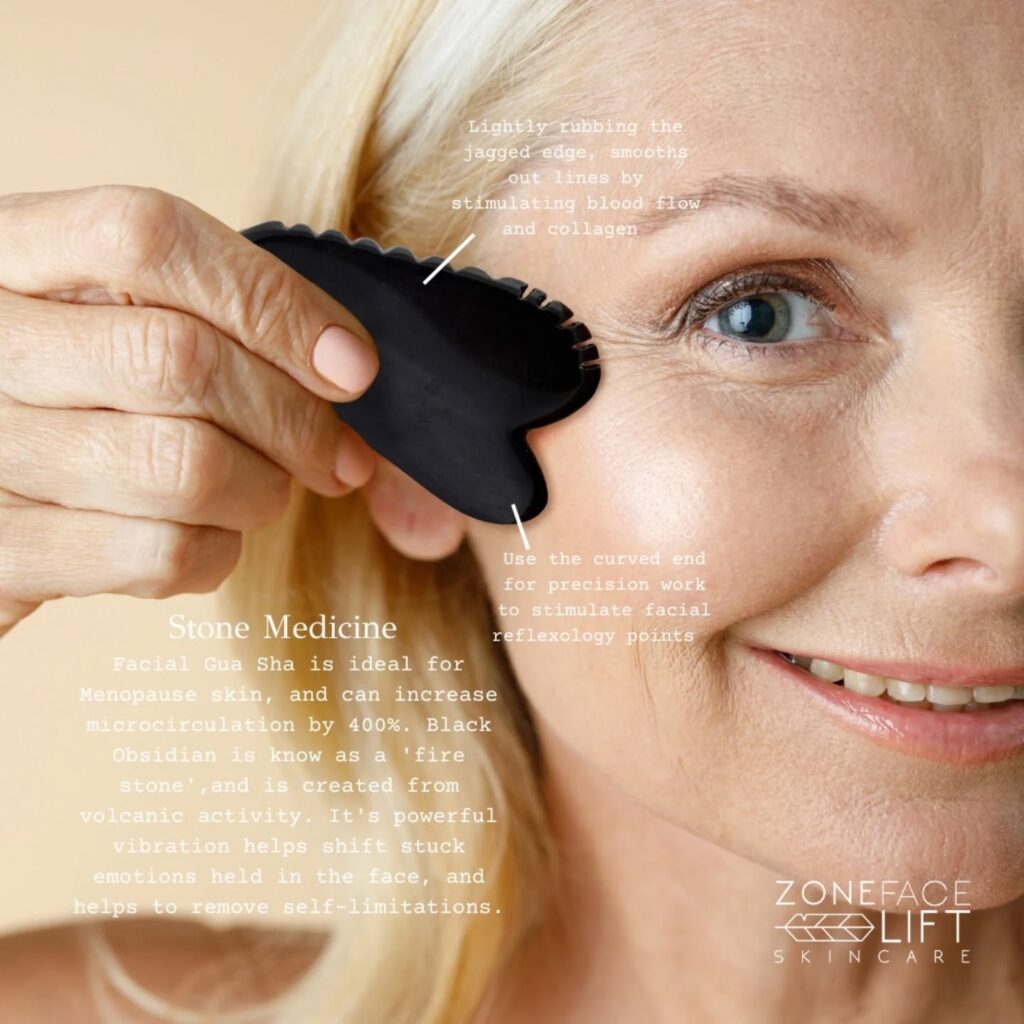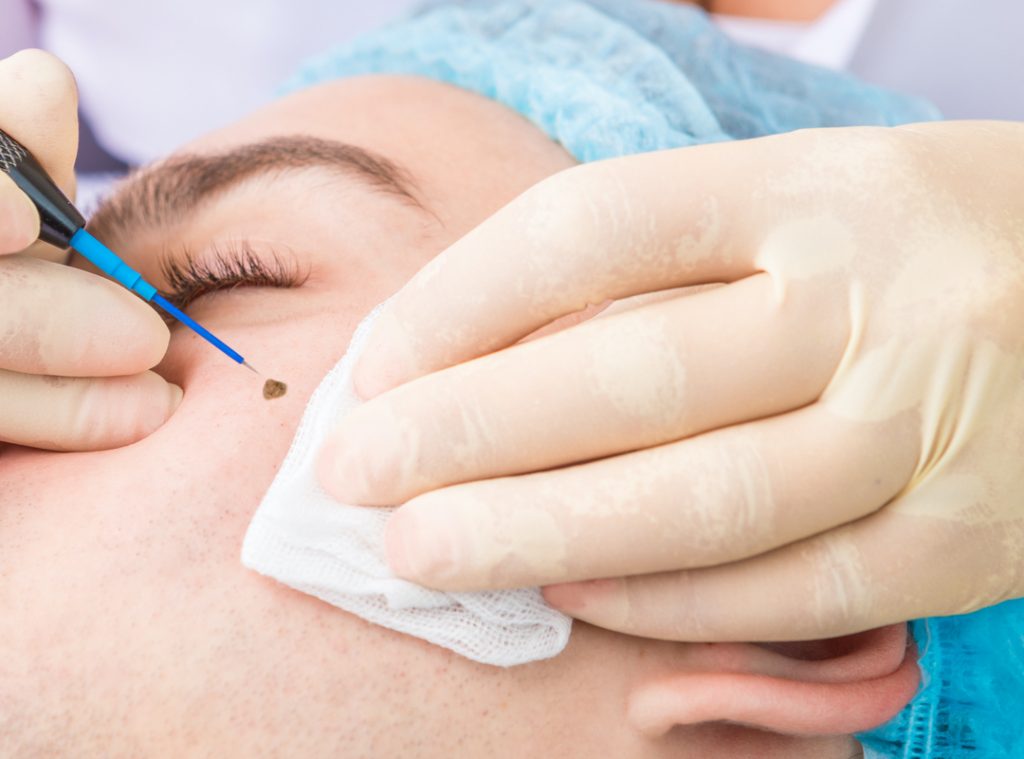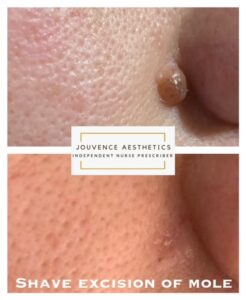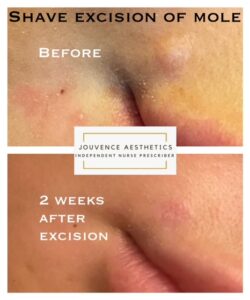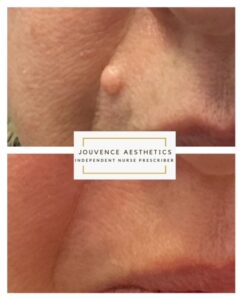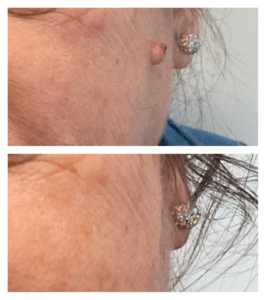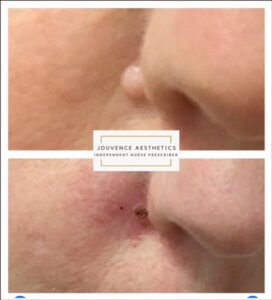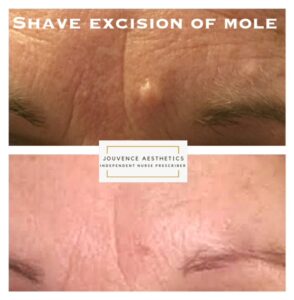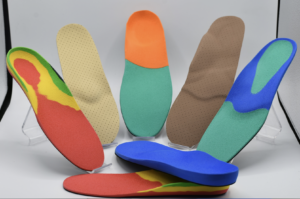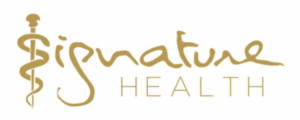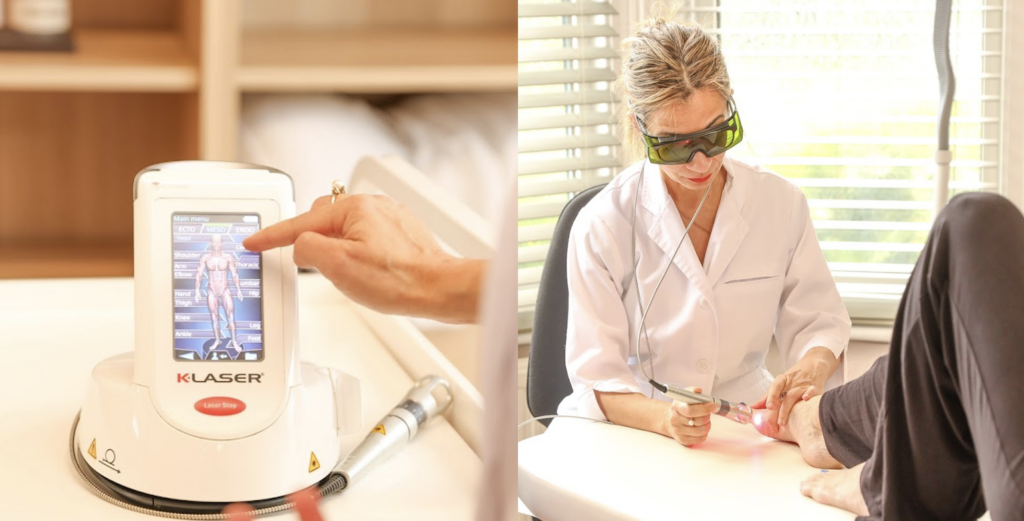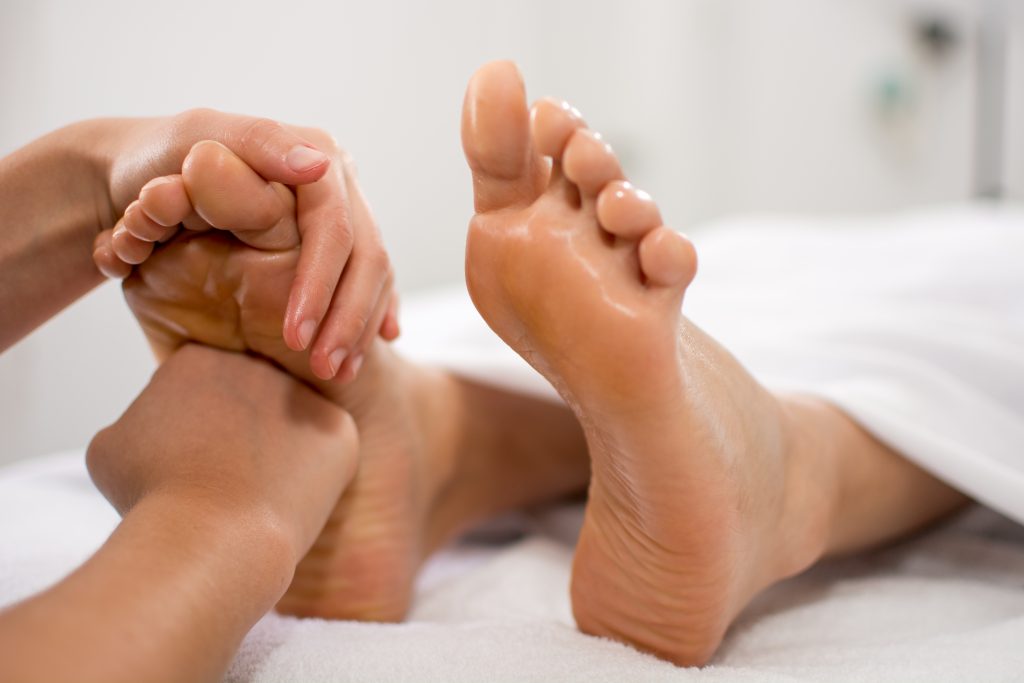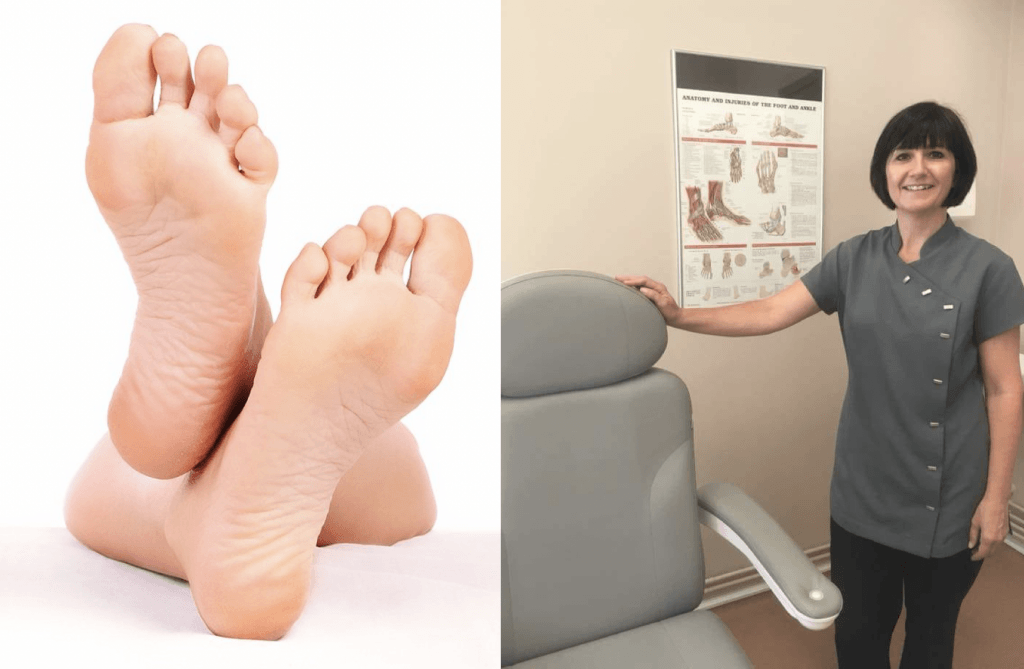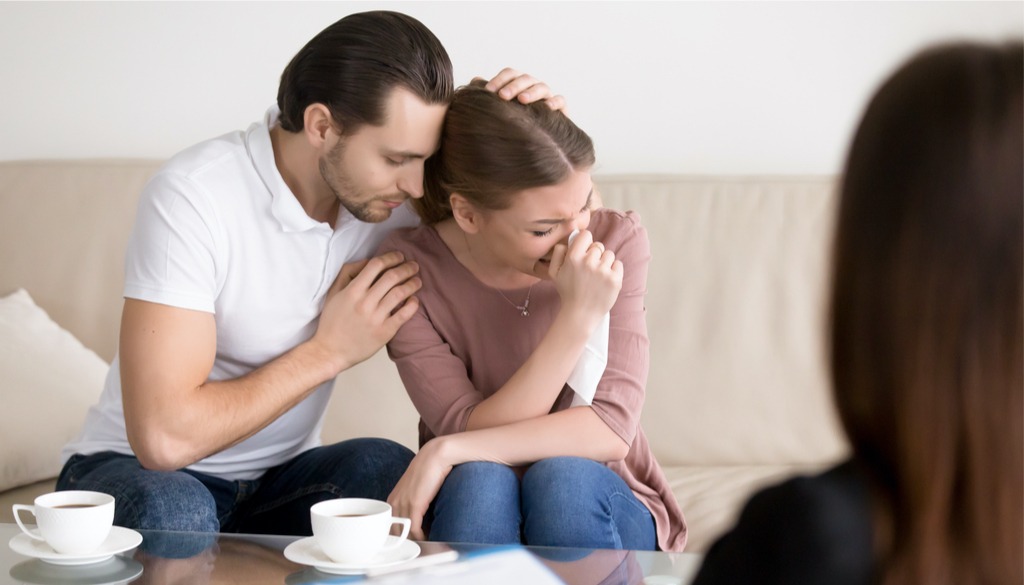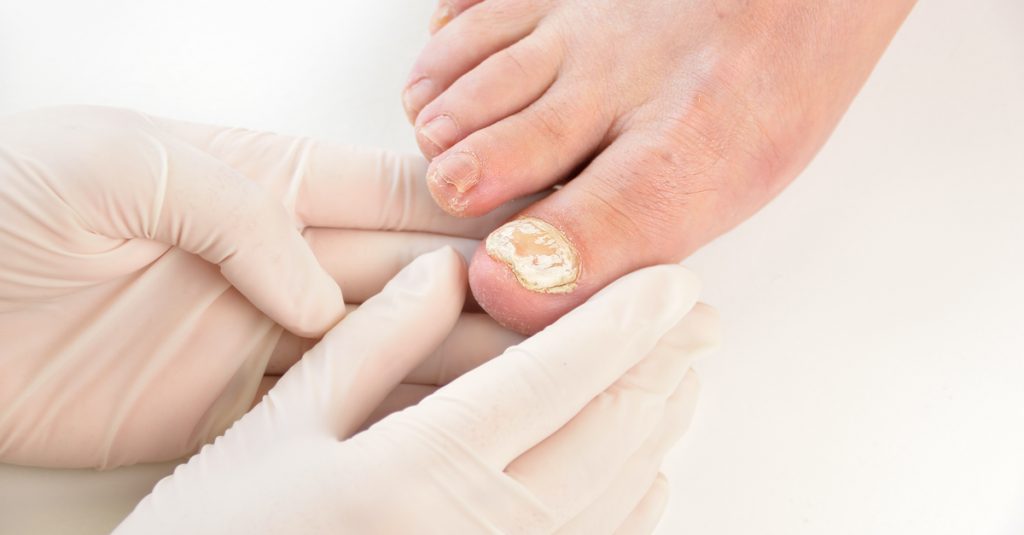The Zone Face Lift – Bergman Method is offered exclusively at Cheshire Lasers by Reflexology by Sharron
“A contender for London’s best facial treatment, afterwards my eyes were brighter, my cheekbones sharper, my brow less furrowed…far and away the most enjoyable hour of life so far this year.”
Sarah Vine, leading beauty journalist
What is The Zone Face Lift – Bergman Method
Zone Face Lift is an award-winning, deeply relaxing treatment that combines pressure point massage with ancient and modern face-lifting techniques, including facial reflexology, Gua Sha, quartz crystals, Japanese facelift massage, Indian Head Massage, and Native American healing methods.
This bespoke treatment is customised for each client and offers both cosmetic and therapeutic benefits. It naturally stimulates collagen and elastin production, reduces puffiness, tightens and tones the skin, sculpts the neckline, and smooths fine lines and wrinkles—often with visible results after just one session.
Zone Face Lift also promotes lymphatic drainage, improves circulation, removes toxins, and enhances skin brightness and complexion. Beyond its physical benefits, it helps reduce stress, tension, and symptoms of migraines, sinus issues, TMJ pain, bruxism, Bell’s Palsy, insomnia, IBS, joint pain, and depression.
Combining the benefits of facial and foot reflexology, it supports better sleep, mood, and overall wellbeing—offering a powerful, holistic alternative to Botox and fillers.
Zone Face Lift – treatments and prices
12 week Course is £770 save 10% when booked as a package.
6 weeks Course is £385 save 5% when booked as a package.
Or available as a single bespoke treatment.
Best results are achieved with a regular weekly course of treatment, you can opt for 6 or 12 weeks, but personalised plans are available on request.
Single treatment options are below
Zone Face Lift – Diamond.
One off 60 minute treatment, includes Cleanse, Facial Reflexology, Gua Sha Massage & Sculpt. £65.
Zone Face Lift – Delux.
One off 75 minute treatment, includes Facial hot towels, Cleanse, Facial Reflexology, Gua Sha Massage & Sculpt. £70.
Zone Face Lift – Ultimate.
One off 90 minute treatment, includes Facial hot towels, Cleanse, Facial Reflexology, Gua Sha Massage & Sculpt, Face Mask, Eye gel, Serum, and Moisturiser, guided visualisation and sacred smudging. £90.
The Zone Face Lift 12 Week Program
Your 12 week program will begin with a short questionnaire and a full introduction to the Zone Face Lift series of treatments.
Over the 12 weeks it involves a series of mixed treatments combining the following:
The ZFL treatment begins with a facial cleanse using the Zone Face Lift designed cleanser, followed by a luxurious hot towel steam to open up pores and stimulate blood and lymph flow. The hot towels penetrate the skin to expose younger cells and remove make up & pollutants.
After the cleansing and steaming the face, the crystal infused Facial Elixir is applied. This not only nourishes the skin but the therapeutic botanicals bring a deep sense of tranquillity and calm.
A full 30 minute facial reflexology sequence commences and this will be the way your ZFL treatment begins each week.
Zone Face Lift Massage
After the 30 minute facial reflexology treatment the Zone Face Lift transition smoothly follows.
Your facial treatment includes the use of Obsidian Facial Mushrooms to cool and soothe the skin, and promote the release of collagen, nourishing and calming the skin.
An Acupressure Roller which stimulates nerve endings and encourages natural healing with skin rejuvenation.
Next An Obsidian Facial Gua Sha then is used to sculpt and decongest the skin, draining lymphatic fluid, improve blood flow and circulation, even out skin tone and pigmentation and activates elastin making the skin plumper and tighter.
I will then apply a series of unique massage techniques to lift and sculpt the face using the Zone Face Lift techniques, unlike any other facial treatment you will have experienced.
The End Result
The results will speak for themselves the benefits you will feel and visualise across the 12 weeks can include:
• Naturally Stimulated collagen.
• Reduced pigmentation.
• Reduced dark circles and puffiness under the eyes.
• Lymphatic drainage.
• Reduction in stress and an uplift in mood.
• Improved sleep patterns.
• Positive transformative healing.
• Tighter, plumper skin tone.
• A reduction in fine lines and wrinkles.
More Information about Facial Reflexology – Bergman Method
The Bergman Method Facial Reflexology is a therapeutic technique developed by Ziggie Bergman that applies the principles of foot reflexology to the face.
Key Features:
-
Focuses on reflex points on the face that correspond to different parts of the body, aiming to restore balance and promote healing.
-
Gentle stimulation of these points boosts circulation, encourages lymphatic drainage, and supports the body’s natural healing processes.
-
Deeply relaxing, helping to reduce stress, tension, and related conditions such as migraines, sinus issues, and sleep problems.
-
Non-invasive and natural, making it a holistic alternative to more aggressive treatments.
-
Can also improve skin tone and appearance, as better circulation and muscle stimulation help achieve a healthy glow.
It’s often used alone or as part of the Zone Face Lift treatment, enhancing both emotional and physical wellbeing.
Facial Reflexology has all the benefits and principles of traditional Foot Reflexology. It is deeply relaxing with immediate effects due to the close proximity to the brain and central nervous system. Once the reflex points are activated a direct response occurs in the corresponding area of the body. This helps the body’s healing process, improving circulation and nerve supply as well as the release of toxins. Treatments also stimulate collagen and elastin which gives the effect of tighter, plumper more radiant skin.
Having trained with the world renowned Ziggie Bergman, founder of ‘The Bergman Method’ Facial Reflexology, and Zone Face Lift, Sharron offer these specialist and unique treatment here at Cheshire Lasers.
Which Products are used?
After a short consultation Sharron will begin to cleanse the face. She will then apply Ziggie Bergman’s Facial Elixir which lifts your Face & Spirit with silky Amethyst Crystal-Infused oil. This oil hydrates your skin and helps reduce fine lines to help you look radiant.
How will I feel After ?
Facial Reflexology combines all of the therapeutic benefits of a holistic therapy with a touch of beautifying luxury!
Clients often feel a sense of wellbeing and calm, as well as a more youthful, glowing complexion.
It can also alleviate winter ailments such as blocked sinuses, dry skin, headaches, lack of energy, dull complexion, and depression. It helps the body work at its optimum level and can boosting the immune system.
The unique benefit of Facial Reflexology is that it not only supports overall health and wellbeing, but it also promotes a more youthful appearance and complexion.

